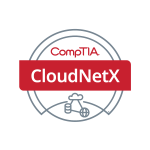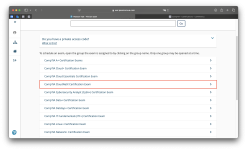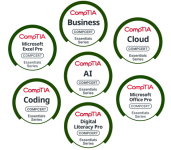ISO SOC ANALYST INSTRUCTORS
- Job Board
- 2 Replies
Looking for US based experienced instructors/soc analysts with similar experience for a unique onsite two-week opportunity this August in Kansas. Week 1 will be an instructor led delivery of a soc analyst course with hand-on exercises, and week 2 will be a range exercise (CTF event). We are actively recruiting a handful of instructors to join the team to deliver the training in-person the first week and/or participate virtually on the Red Team in the second week (you can do both or only one of the weeks). If you have SOC analyst experience or equivalent certifications/background, please contact me by email for further discussion and details. Thank you!
| Liz Pernaselci Director of Operations Applied Technology Academy
|










